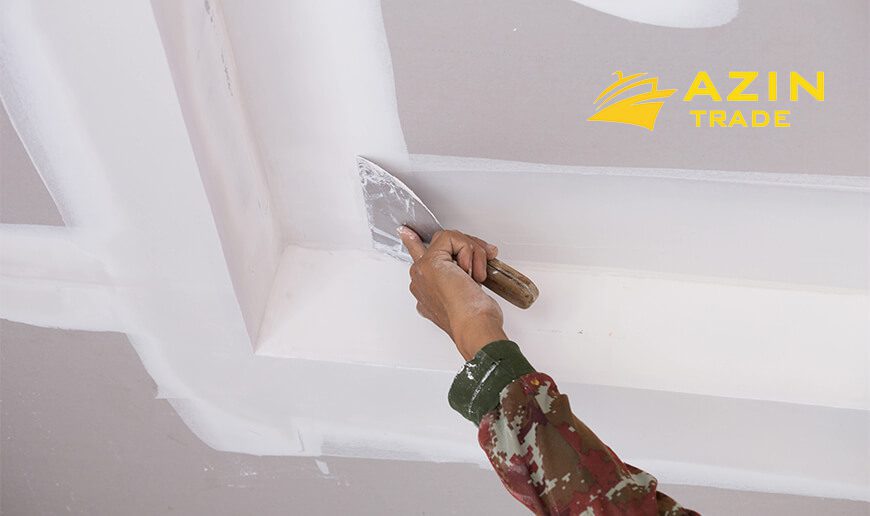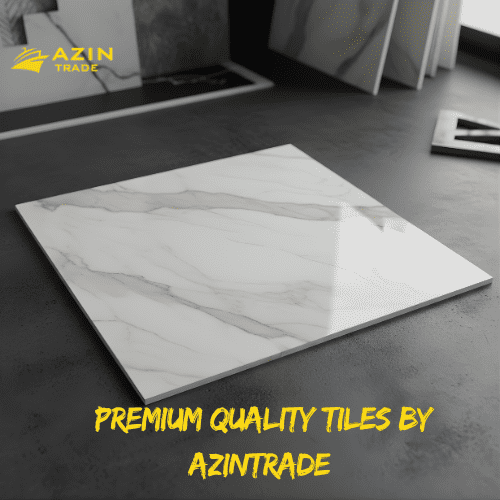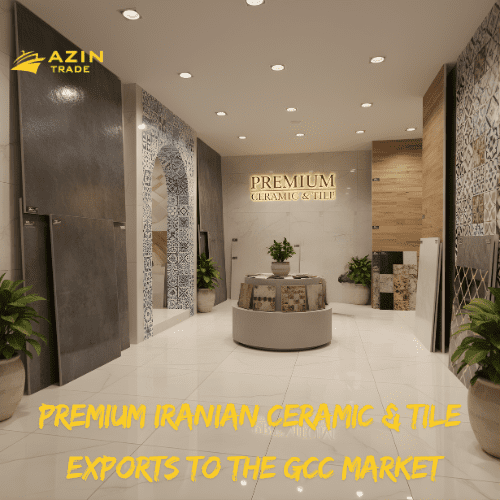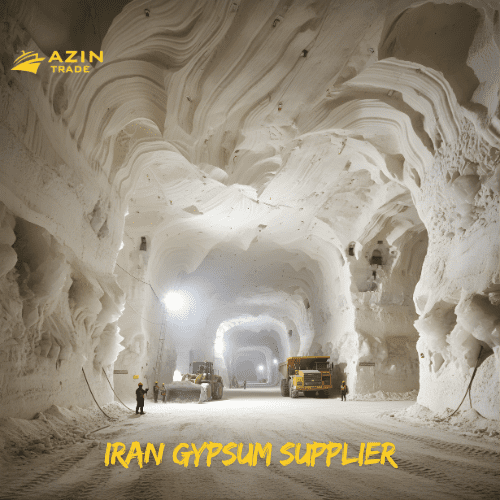Exploring the Global White Cement Market in 2024: Financial Growth, Sustainability, and Regional Developments
The white cement industry in 2024 is experiencing a dynamic shift, with regions across the globe advancing in production and sustainability. White cement, known for its superior aesthetic appeal and versatility, is increasingly being adopted in modern construction for its smooth, bright finish, high durability, and ability to blend seamlessly into architectural designs. As a specialized type of cement, white cement differs from traditional grey cement due to its manufacturing process, which eliminates iron oxide to produce its white color.
This year, key developments in the white cement sector highlight both regional advancements and growing emphasis on sustainability. From the UAE to Tanzania and across Europe, the industry is evolving rapidly, showcasing a blend of financial growth, innovation, and environmental responsibility.
RAK White Cement: Financial Performance in the UAE
RAK White Cement, a major player in the global white cement market, based in the United Arab Emirates, has shown resilience in its financial performance despite a slight decline in revenue during the first half of 2024. The company reported a 3% year-on-year decrease in revenue, amounting to $34.1 million. While the decrease in revenue may raise concerns, RAK White Cement demonstrated a commendable ability to manage its finances, significantly increasing its net profit to $5.3 million.
This profit growth, despite the drop in revenue, signals strong financial management within the company. RAK White Cement's ability to maintain and even grow its profitability under challenging market conditions showcases its strategic prowess in cost control and operational efficiency. These factors contribute to its solid standing within the competitive white cement industry, positioning it well for future expansion.
This financial performance reflects RAK White Cement’s importance in the Middle Eastern construction market, where white cement is a key material in many high-profile construction projects, particularly in luxury and ornamental architecture. The company’s sustained focus on high-quality production and cost management may serve as a model for other firms facing fluctuating market conditions.
Tanzania's Growing White Cement Industry: A Move Towards Self-Sufficiency
Moving from the Middle East to Africa, Tanzania is another country making strides in white cement production. In 2024, the Tanzanian government took a significant step towards reducing dependency on white cement imports by boosting local production capabilities. This initiative aims to strengthen the country’s economy, create job opportunities, and increase export potential.
The Fortune Cement Plant, recently launched in Mkuranga, is at the heart of this development. The plant is a crucial part of the government's broader effort to stimulate the local economy and position Tanzania as a key player in the African Continental Free Trade Area (AfCFTA). White cement production at the Fortune Cement Plant not only promises to meet domestic demand but also opens up opportunities for exports to neighboring countries, further bolstering Tanzania’s economic position.
By reducing reliance on imported white cement, Tanzania aims to retain more value within its borders and capitalize on the growing demand for construction materials across Africa. The government's focus on industrialization through projects like the Fortune Cement Plant reflects a broader trend in African countries striving for self-sufficiency in critical industries like construction materials, ensuring they remain competitive in an increasingly interconnected global market.

Sustainability in White Cement Production: Cementir Group’s D-Carb Initiative
As sustainability continues to shape industries worldwide, the white cement sector is no exception. Cementir Group, a European leader in white cement production, made headlines in April 2024 with the introduction of its new product, D-Carb. This innovative white cement product, launched in Europe, is designed to reduce CO₂ emissions by 15% compared to traditional white cement, without compromising on performance or the desired brightness that white cement is known for.
This move by Cementir Group aligns with the global push toward greener building materials and sustainable construction practices. D-Carb reflects the industry's growing awareness of its carbon footprint and its commitment to mitigating the environmental impacts of cement production. White cement production, like other forms of cement, traditionally involves energy-intensive processes that contribute to greenhouse gas emissions. Therefore, innovations like D-Carb are essential in paving the way for a more sustainable future in construction.
Cementir Group’s initiative also aligns with broader European sustainability goals, particularly as the European Union continues to set ambitious carbon reduction targets for the construction sector. The D-Carb product is expected to meet the needs of environmentally conscious architects and builders who are looking for high-quality, eco-friendly materials that do not compromise on aesthetic or structural integrity. As such, this innovative product could set a new standard in the white cement industry, both in Europe and beyond.
Global Demand and the Future of White Cement
The global white cement market is poised for continued growth, driven by increasing urbanization, rising demand for aesthetic and luxury construction, and an expanding middle class in developing regions. While traditional cement remains the backbone of many construction projects, white cement’s superior qualities make it the preferred choice for certain applications, particularly in architecture that prioritizes aesthetics, such as facades, interior walls, and decorative elements.
In regions like the Middle East, white cement is a crucial component in high-profile construction projects, including luxury hotels, shopping malls, and residential developments. Similarly, in Africa, growing economies and expanding infrastructure projects are creating new opportunities for white cement producers like Tanzania’s Fortune Cement Plant.
In Europe, sustainability is becoming an increasingly important factor in construction, with products like Cementir Group’s D-Carb white cement responding to both regulatory requirements and consumer demand for greener materials. As governments and industries worldwide focus on reducing carbon emissions, the white cement industry will likely see more innovations aimed at making production processes more environmentally friendly.
Moreover, as countries like Tanzania reduce their dependency on imports and ramp up local production, they also position themselves as competitive exporters in the global market. This could shift traditional trade dynamics and create new opportunities for growth within the white cement industry.
Azintrade: A Key Player in the White Cement Market
In addition to global leaders like RAK White Cement and Cementir Group, companies such as Azintrade are also making significant contributions to the white cement industry. As a producer and exporter of white cement, Azintrade has built a reputation for delivering high-quality products that meet international standards. The company’s commitment to sustainability, innovation, and strategic export initiatives has helped it maintain a strong presence in both regional and global markets.
Azintrade’s focus on white cement aligns with the growing demand for this product in key markets, including the Middle East, Africa, and Asia. By investing in advanced production technologies and prioritizing customer satisfaction, Azintrade continues to play a pivotal role in the development of the global white cement market.
Conclusion
In 2024, the white cement industry is at an exciting juncture, with companies around the world navigating a complex landscape of financial performance, sustainability challenges, and regional developments. From the profit growth of RAK White Cement in the UAE to Tanzania’s push for local production and Cementir Group’s sustainable innovations in Europe, the industry is evolving to meet the demands of a changing world.
As white cement continues to be a preferred choice for aesthetic construction projects, its importance in global markets is only expected to grow. Companies like Azintrade are well-positioned to capitalize on these trends, delivering high-quality, sustainable products that meet the needs of an increasingly demanding global construction industry.




